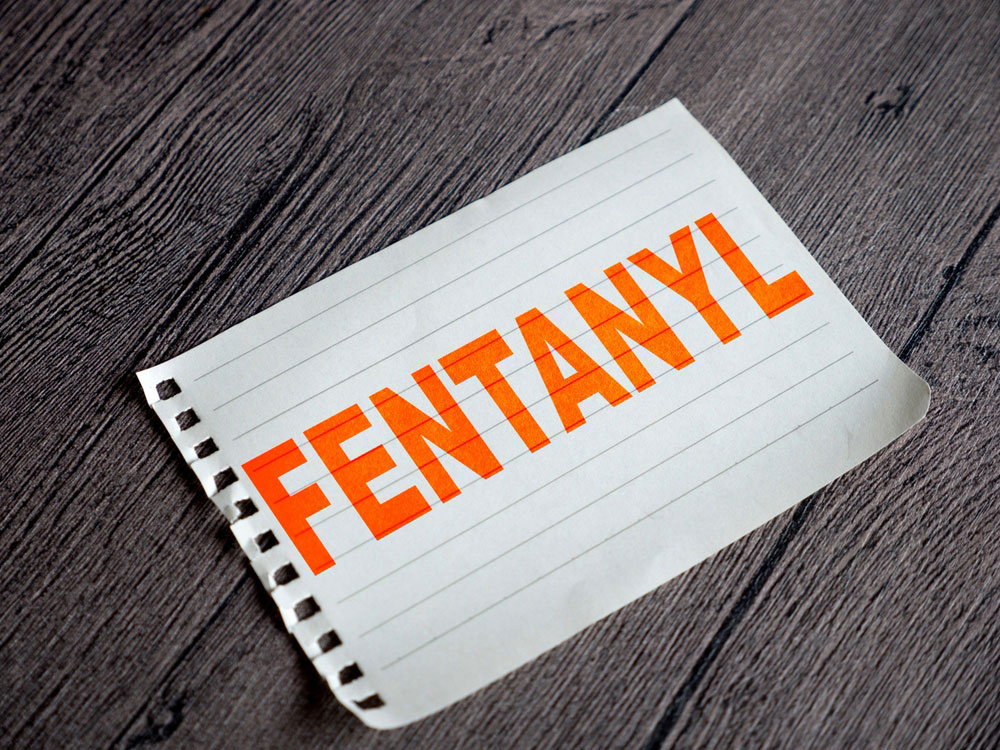Fentanyl, a synthetic opioid, is fueling the nation’s ongoing addiction and overdose crisis. Originally developed as a powerful pain reliever for severe medical conditions, fentanyl has infiltrated the illicit drug supply, making opioid addiction deadlier than ever.
Understanding what makes fentanyl so dangerous, how it became so prevalent in the drug market, and why opioids are so addictive can help you recognize the risks and seek help before addiction takes hold.
Why Is Fentanyl the Deadliest Opioid?
Fentanyl is 50 to 100 times stronger than morphine, making it one of the deadliest drugs in circulation today. While pharmaceutical fentanyl is still available to take under strictly controlled conditions, the illicit production of fentanyl has made it a leading cause of opioid-related deaths.
- Extreme potency: Even a tiny dose of fentanyl can cause a fatal overdose.
- Unpredictability: Many people unknowingly consume fentanyl because drug dealers mix it into heroin, cocaine, methamphetamine, and counterfeit pills.
- Rapid–onset overdose: Fentanyl acts quickly in the brain, depressing the central nervous system and slowing breathing to dangerous levels. Many overdose victims lose consciousness within minutes.
How Fentanyl Became the Leading Driver of the Opioid Crisis
The opioid epidemic began with the overprescription of painkillers in the 1990s, when pharmaceutical companies falsely claimed that opioids were not highly addictive and the FDA failed to regulate these drugs appropriately. Millions of doctors prescribed OxyContin, Vicodin, and Percocet for pain management, believing them to be safe.
Here’s a brief look at the progression of the crisis.
- Widespread prescription use: Many individuals started using opioids for legitimate medical reasons, but quickly became dependent.
- Tighter regulations on prescription opioids: As doctors reduced opioid prescriptions in response to rising addiction rates, people who had developed a dependency sought alternatives, turning to cheaper and more accessible heroin to avoid painful withdrawal symptoms.
- Fentanyl’s entry into the drug market: Illicit fentanyl, often produced in underground labs and trafficked into the U.S., flooded the drug market, replacing heroin. This shift made opioid use far more dangerous – people who thought they were using heroin or prescriptions like Xanax unknowingly consumed fentanyl, leading to a massive surge in accidental overdoses.
Signs of Opioid Addiction
Many people believe they can control their opioid use, especially if they started with a prescription. However, opioids affect the brain’s reward system, making them highly addictive.
- Increased tolerance: Needing higher doses to feel the same effect.
- Withdrawal symptoms: Experiencing flulike symptoms, anxiety, and cravings when not using.
- Doctor shopping: Seeking multiple prescriptions from different doctors.
- Using illicit drugs: Turning to heroin or fentanyl when prescription opioids are no longer available.
- Neglecting responsibilities: Prioritizing drug use over work, family, and personal obligations.
- Failed attempts to quit: Wanting to stop but being unable to do so.
How Opioids Affect the Brain
Opioids bind to brain receptors that regulate pain and pleasure. It triggers a flood of dopamine, creating a feeling of euphoria. Over time, your brain will rely on opioids to produce these pleasurable effects, leading to compulsive drug-seeking behavior. The progression from early use to compulsive use can progress more quickly than you realize.
- Initial use: Opioids relieve pain and create a relaxing, euphoric state.
- Tolerance builds: As your brain adapts, you’ll need to take more opioids to achieve the same effect.
- Dependence forms: Your body begins to rely on opioids to achieve balance – a sign of physical and psychological dependence.
- Withdrawal symptoms appear: Your brain will struggle to self-regulate if you stop taking opioids, causing intense pain, nausea, anxiety, and cravings.
- Compulsive use: To avoid unpleasant symptoms, you continue using – often at increasing doses.
Seeking Help for Opioid Addiction
Fentanyl and other opioids create a cycle that is difficult to break alone. Professional treatment is essential for safe detoxification, relapse prevention, and long-term recovery.
Legacy Texas understands the unique challenges men face in opioid addiction. Our 90-day structured program provides:
- Medically supervised detox for safe management of withdrawal symptoms.
- Behavioral therapy to address the psychological roots of addiction.
- Camaraderie and accountability through a men’s-only recovery community.
- Aftercare and sober coaching to help you rebuild your life.
If opioid addiction has taken over your life, don’t wait until it’s too late. Contact us today to begin the path to lasting recovery.

